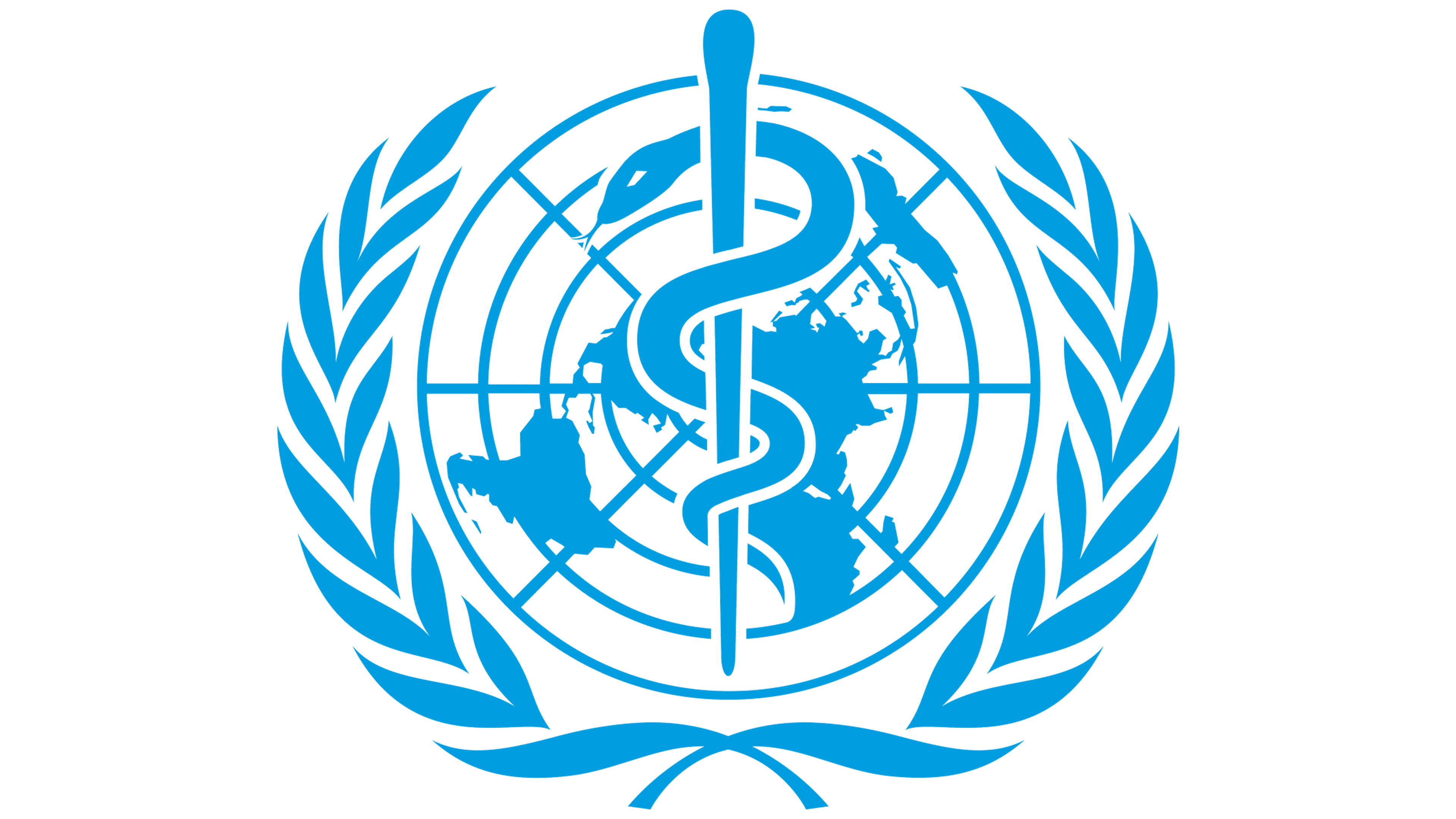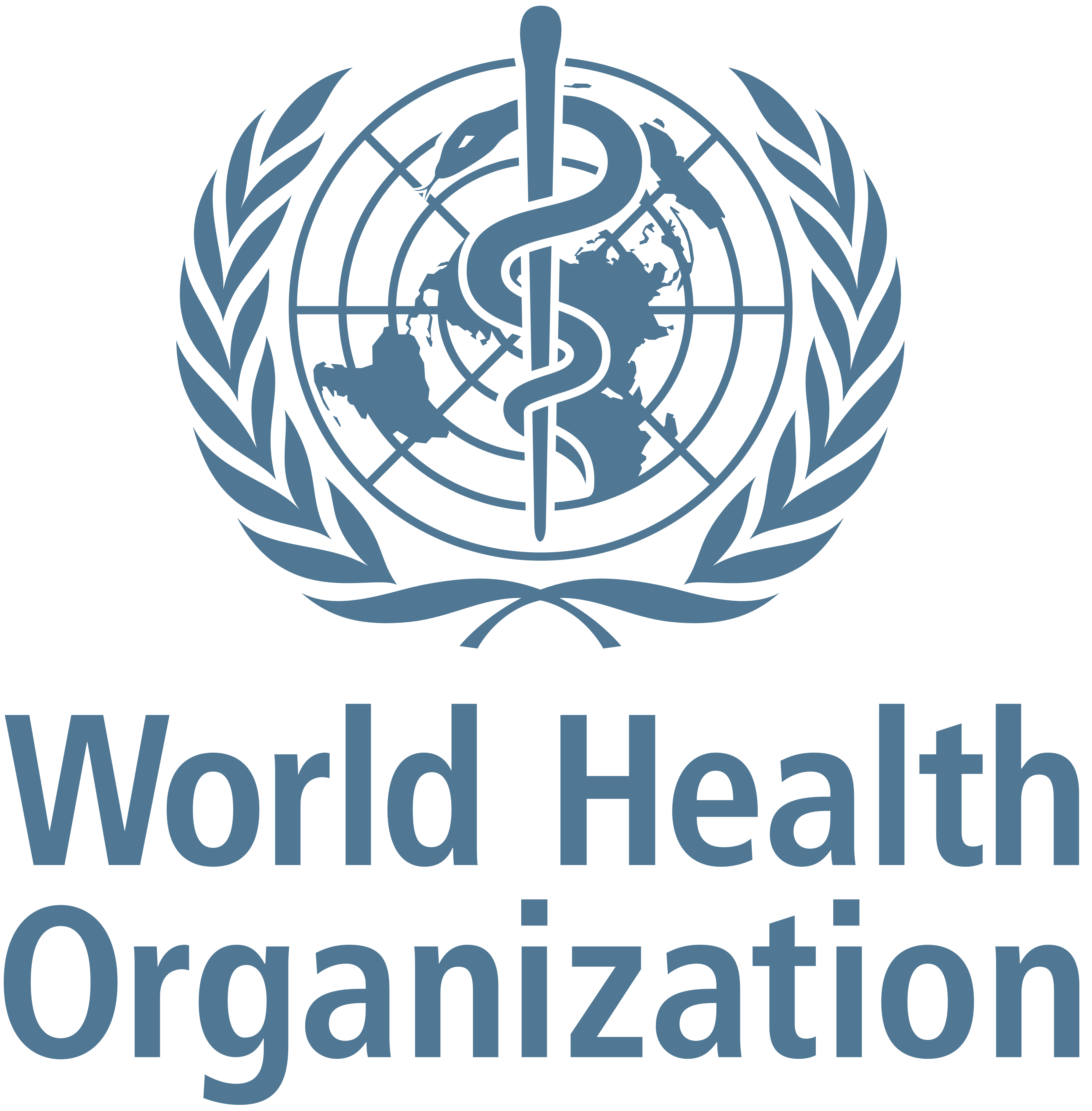Unraveling the Mystery of the World Health Organization: A Comprehensive Guide
The World Health Organization (WHO) is one of the most influential and respected international health organizations in the world. With its headquarters in Geneva, Switzerland, the WHO has been playing a crucial role in promoting health, keeping the world safe, and ensuring the well-being of people of all ages, everywhere. From tackling infectious diseases to advocating for healthy lifestyles, the WHO's mission is to achieve the highest possible level of health for all. But have you ever wondered about the history, structure, and activities of the WHO? In this article, we will delve into the mystery of the WHO, exploring its origins, functions, and impact on global health.
The WHO was established on July 22, 1946, in the aftermath of World War II. The organization was born out of the need for a united global response to the devastating health consequences of the war. The WHO's founding treaty, the Constitution of the World Health Organization, sets out the organization's mission, mandate, and principles. According to the Constitution, the WHO's primary goal is to promote health, keep the world safe, and serve the vulnerable. The organization's work is guided by its Constitution, which emphasizes the importance of collaboration, equity, and human rights.
The WHO is headed by a Director-General, who is elected by the World Health Assembly (WHA) for a five-year term. The Director-General is the chief representative of the WHO and is responsible for leading the organization's work. The WHA is the supreme decision-making body of the WHO, comprising representatives from all 194 member states. The WHA sets the organization's overall direction and strategy, while also making key decisions on major global health issues.
Structure of the WHO
The WHO is organized into several key components, each with its own role and responsibilities. The organization's structure is designed to facilitate collaboration and coordination among member states, as well as to ensure effective decision-making and implementation of health policies.
Technical Cooperation
The WHO provides technical cooperation to member states to support their health needs. This includes providing technical assistance, training, and capacity-building programs to help countries strengthen their health systems. The WHO also works with non-governmental organizations (NGOs), the private sector, and other partners to leverage resources and expertise.
WHO Collaborating Centres
The WHO has established a network of Collaborating Centres, which provide technical assistance and support to member states. These Centres are located in various countries and specialize in specific areas, such as disease surveillance, health policy development, and laboratory services.
WHO Country Offices
The WHO has a network of country offices, which provide support to member states on a range of health issues. These offices are staffed by WHO experts who work closely with national health authorities to strengthen health systems and respond to health crises.
Programmes and Activities
The WHO runs a wide range of programmes and activities to promote health and prevent disease. Some of the key programmes and activities include:
- The Global Health Security Programme, which aims to strengthen countries' ability to prevent, detect, and respond to infectious disease outbreaks.
- The Programme to Eliminate Malaria, which seeks to reduce the burden of malaria and improve access to diagnosis and treatment.
- The Tobacco Control Programme, which aims to reduce the global spread of tobacco use and its associated health risks.
- The Expanded Programme on Immunization (EPI), which provides support to countries to strengthen their immunization programs and prevent diseases such as measles, polio, and whooping cough.
Global Health Initiatives
The WHO is involved in several global health initiatives, including:
- The Sustainable Development Goals (SDGs), which aim to promote health and well-being as part of a broader package of sustainable development goals.
- The International Health Regulations (IHR), which provide a framework for countries to prevent, detect, and respond to public health emergencies.
- The World Health Assembly's (WHA) resolutions, which provide a framework for countries to address major global health issues, such as pandemics, antimicrobial resistance, and health inequality.
Impact of the WHO
The WHO has had a significant impact on global health, from reducing the spread of infectious diseases to promoting healthy lifestyles. Some of the key achievements of the WHO include:
- The near eradication of smallpox, a disease that was once a major public health threat.
- The reduction of child mortality rates by more than half since the 1990s.
- The control of major infectious diseases such as tuberculosis, HIV/AIDS, and malaria.
- The promotion of healthy lifestyles, including nutrition, physical activity, and mental health.
Challenges Facing the WHO
Despite its many successes, the WHO faces several challenges, including:
- The growing threat of antimicrobial resistance, which is a major public health concern.
- The rise of non-communicable diseases, which are a major challenge for global health systems.
- The need to address health inequality, which is a major obstacle to achieving the WHO's goals.
- The increasing complexity of global health issues, which require coordinated and collaborative responses.
Conclusion
The World Health Organization is a vital institution that plays a critical role in promoting health and preventing disease. From its founding treaty to its current work, the WHO has been guided by its Constitution, which emphasizes the importance of collaboration, equity, and human rights. The WHO's structure, programmes, and activities are designed to support its mission and achieve its goals, which include promoting health, keeping the world safe, and serving the vulnerable. As global health issues continue to evolve and become more complex, the WHO will need to adapt and evolve to meet the changing needs of the world.
Janice Nichole Rivera
Kaitlyn Krems Fans
Did Piddy Passed Away
Article Recommendations
- Chaun Woo Real Parents Picture
- Hisashi Ouchi Real Po
- Brad Pitt Height In Feet
- London Hammer
- Billieilish Y Pics
- Youngllen Pompeo
- What Is The Blackye Club
- Charlotte Parkes
- Michael Galeotti
- Rainbowdragonvip



